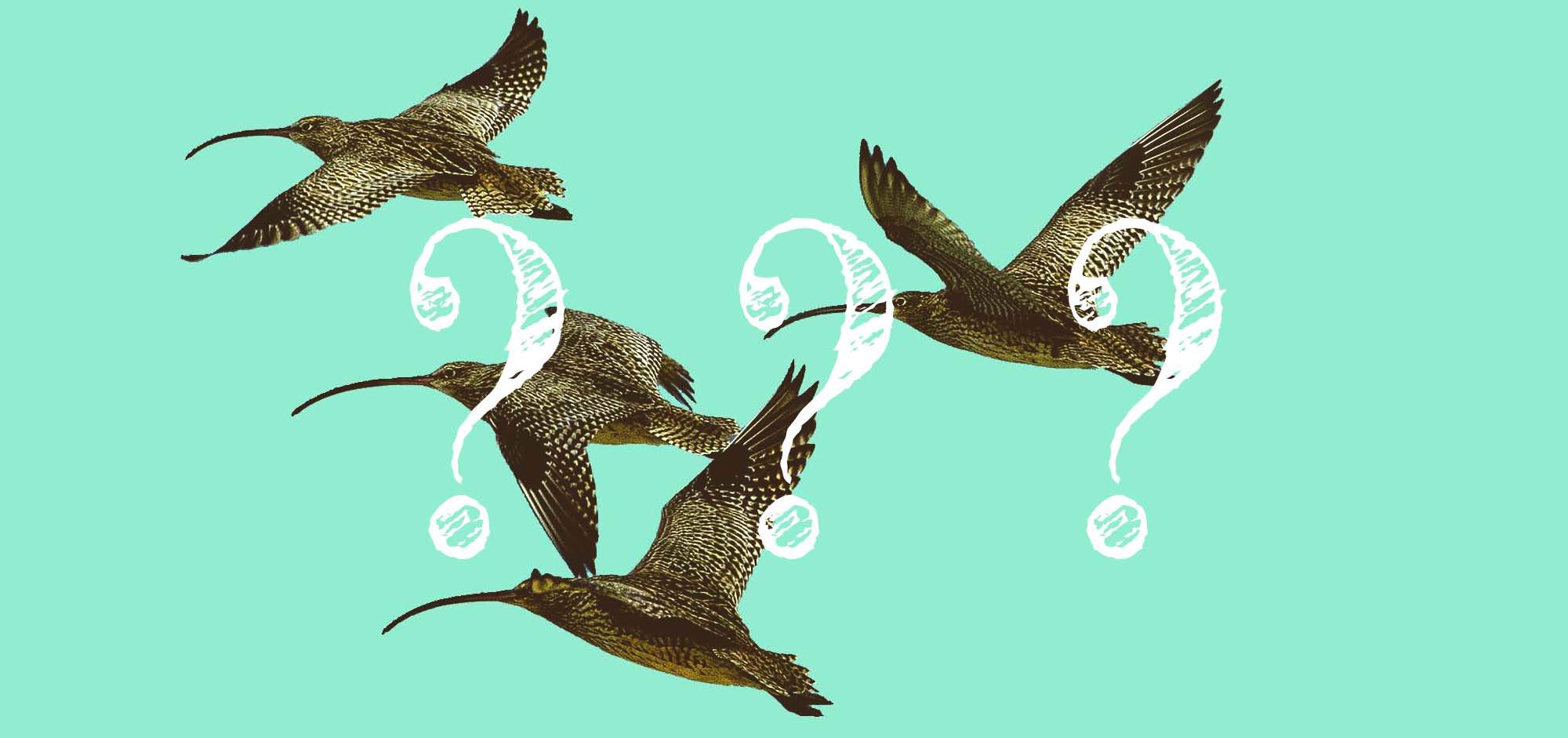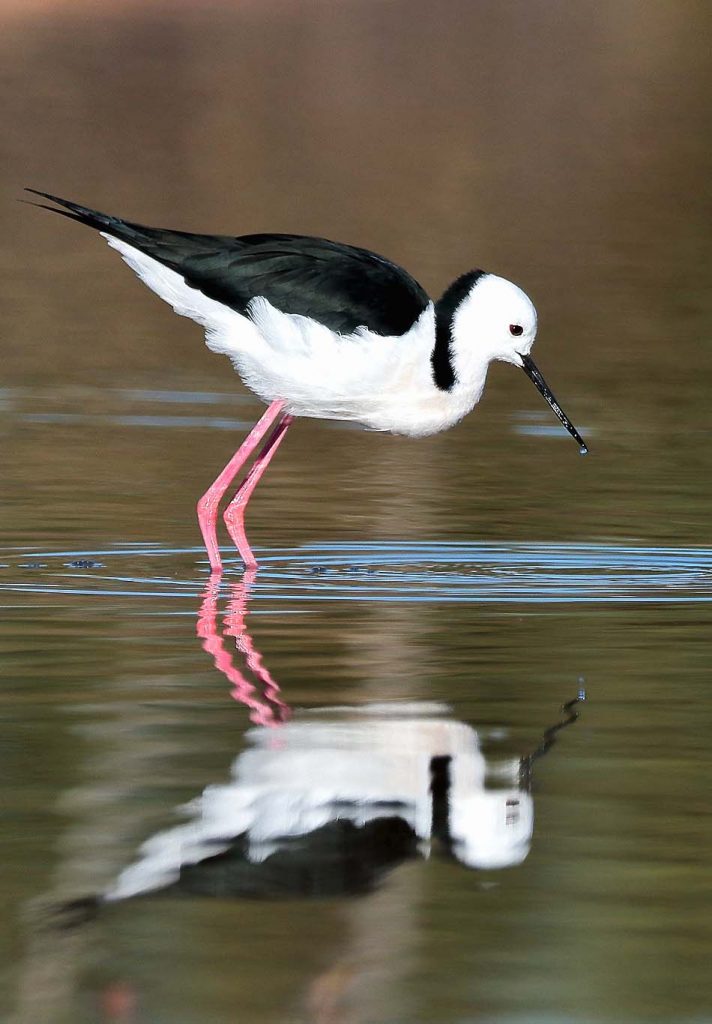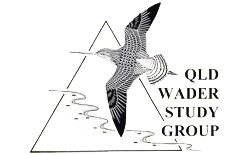QWSG Position Statement for Toondah Harbour
Who are we?

Only the most amazing flyers in the whole world. That’s who!
10,000km in one go – No Problem!
One of my friends, a Bar-tailed Godwit, has just done this very journey, carrying a small transmitter to let the people in the Queensland Wader Study Group know exactly where she has been!
Some of us are the weight of a 50 cent piece others up to a kilogram and will fly from Moreton Bay to the northern reaches of Russia and even Alaska.
Then we return home to see you all in Moreton Bay.
Moreton Bay is our home as we spend most of the year here from late August to early April. Like you we love living in Moreton Bay
This is not a one-off trip because we do this every year.
We are Waders or as some know us Shorebirds.
To learn more
click on our Home Page and explore, or go straight to Waders
Where have we been?

This map gives an outline of where we visit. How far we go or to which country we visit depends on who we are.
A lot of us go to the Yellow Sea to feed so that we are ready to build a nest, lay eggs and hatch our chicks in the northern region of Russia and Alaska.
We go all this way because the food and habitat are so good for raising strong healthy chicks. There are plenty of bugs and insects to eat that our babies soon grow big and strong.
What is really strange is that us parents leave for Moreton Bay before our youngsters. Even we do not know how they manage to get back to Moreton Bay, it seems to be in built. Amazing but it works!
We like to come back to the same place in Moreton Bay every year, but we are noticing changes. Some for the worse.
To learn more
click on our Home Page and explore, try Shorebird Migration
How you can look out for us – see us?

We need to hunt for food in the exposed mud. So, when the tide is out, we wander to the water’s edge, and you know that can be many hundreds of meters in some places.
The Queensland Wader Study Group members use binoculars and, more often, telescopes to help see us. There are many types of us waders and with the telescope we look much clearer and you can tell what species we are.
Moreton Bay is very large and finding us could be very hard, however, there are some places that we love to go because the food is so good. So, look for nice muddy areas.
The Queensland Wader Study Group knows where we like to go when the in-coming tide pushes off the mudflats, these areas are known as Roost Sites. These are areas that we are safe and give us an opportunity to rest and digest our food.
The Queensland Wader Study Group members visit these sites once a month to count us all. This is great because they have a massive set of data showing how many of us use the Bay.
So, borrow a pair of binoculars and see if you can see us.
To learn more
click on our Home Page and explore, or sample Studying Waders
How you can look out for us?
There are many reasons for my friends disappearing. Some international, but others are local. This means that there are things that you can do to help me and my mates.
As you now know we travel thousands of miles every year, and just as an aeroplane needs fuel so do, we. Our food is the crustaceans and life that is found in the mud.
So, make sure that you are taking care of what goes in to Moreton Bay. Remember what you throw down your sink or drain can end up in the Bay.
We need to build up our fat reserves to make our spectacular flights but if we are disturbed when we are eating then we have to stop eating and fly away. We end up using energy before the journey. This disturbance can be you walking to close to us, you dog off leash can be terrifying making me and my friends fly off from our food. Some of your water toys, jet skis and surf kites, can have the same effect.
On a bigger scale you can ask the governments, Local, State and Federal, to be more aware of the dangers to our families of development of the coast we all love. Once our homes are gone it is very difficult for us to find replacement areas, particularly as more and more land is being used for homes and businesses.
One of my friends says the losses he sees is like a death ‘by a thousand cuts’. Another mate says the work of the governments is more like death ‘by a tyranny of small decisions’.
Who ever is right we need help?

To learn more
click on our Home Page and explore, or read in Conserving Waders or Protecting Waders
Who or what is the Queensland Wader Study Group?

The Queensland Wader Study Group (QWSG) is a division of the Queensland Ornithological Society Inc.
We were founded over thirty years ago as a volunteer group with an interest in Waders or, as they are also known as, Shorebirds.
Our main function is to collect data on the number and location of waders in Queensland. We gather this data by conducting monthly counts of waders which gather at certain times, and under certain conditions, above the high tide line of the oceans.
While we often operate in South East Queensland the QWSG also surveys other areas of the Queensland coast, including the Great Sandy Straight, around the Mackay area, Bowling Green Bay (near Townsville). We are also active on the east coast and south-east corner of the Gulf of Carpentaria.
This information we gather is stored in a large database. We share this data with governments at all levels and other decision makers to encourage well-informed decisions which consider potential impacts to Waders’ and their futures. We also regularly engage with governments to advocate for Waders and the protection of their habitat.
The QWSG also promotes Waders by teaching people how to identify Wader species and through other education activities at schools and community groups. Check out our app for teaching school students Wader identification and facts at (link).
To learn more
click on our Home Page and explore